(This is an element of ‘Lighting‘ – ‘Interior Lighting‘ and also of ‘Burners‘)
In a paper given by Charles Carpenter of the South Metropolitan Gas Company to the Institution of Gas Engineers on 21st June 1922 he says:
“About fifty years ago (that would make it the 1870’s) Sugg brought out his world-known Christiania burner, one of the first successful attempts to combine pleasing design with efficiency. The latter result was largely due to the attachment to the burner of an efficient form of regulator by which the gas delivery through it was kept constant at a rate best suited to the jet and the conditions required by the surrounding glass protector. But he also brought into his business the fruits of an artistic temperament, ripened on foreign soil, which permeated in greater or less degree all he undertook. The industry today misses him and the work in which he delighted.”
The Patent “Christiania” Governor Burner
“Simultaneous with the development of the flat flame burner was that of the Argand type in which the combustion of gas was substituted for that of oil soon after its distribution on a practical scale.”
These two burners were manufactured at the same time in huge quantities. In the two illustrations above and below, the common arrangement of three arms which support the glassware can be clearly seen. The essential difference between the two is considerable although both are open flame burners, pre-dating the gas mantle by many years.
Design painting of a gold plated Argand Burner less the glass chimney which fits over the central section located by the thin wire ‘fingers’ that you can see.
There were many beautiful designs of both these burners as well as the fixtures to which they were applied.
These original photos of Christiania burners – possibly used to add names – make up just one page of several in a scrapbook of designs illustrating the extraordinary lengths taken to produce the widest possible choice for the customer. The top two are the same simple burner, here named the Alexandra, with two different arm spans, 4″ and 7″.The remainder are genuine Christiania governor burners.
The most significant feature of these fixtures was the glassware, exquisitely hand painted in France and heavily marketed with what is very early colour literature.
The beautiful glass was hand painted in France
This is the box label from an actual burner.
The whole range of glassware was illustrated on individual advertising cards, many of which are shown below. The cards carried details on the rear as shown above.
The full name ‘Princess Christiania’ was used for the shaped glass models.
The name was simplified to just ‘Christiania’ for the globe shaped models below.
Set of Three Advertising Cards for the Christiania Fixtures
This advert shows both Argand and Christiania burners with glassware. The chimney on the Argand burners makes the overall height considerably taller than the Christiania resulting in the two piece arrangement with a lower bowl and an upper cone.
The Argand Burner is based on a circular wick oil burner designed by Monsieur Argand and uses a glass chimney to draw a current of air around the outside and up the centre of the circular flame in the same way. In the gas version there is a ring of holes in a steatite burner to produce the circular flame. The result is a strong circular ‘tube’ of flame distributing light evenly through 360 degrees.
The ‘London’ Argand burner shown on the left of the four versions above is the original one developed by William Sugg after many experiments to produce a perfect, controllable, luminous, bright, flame. This is the burner that the Gas Referees adopted in 1869 as the Standard Test Burner for the Metropolis and for which they stated that
“This burner of Mr Sugg’s excels all others.”
This much later illustration from the 1909 catalogue shows several developments of the Argand burner manufactured for particular Gas Companies which were still being used for testing the gas well after the introduction of the mantle.
These two Argand burners show the comparison between, on the left, a single ring and on the right a double ring version.
In order to increase the performance of these burners for street lighting they were constructed with a series of concentric circles of flames, the larger ones having complex arrangements for adjusting the individual rings. The larger the burner, the longer the chimney to provide suitable draught to raise the flame to its highest state of incandescence. These chimneys reached from 12 to 18 inches in length and were as a result very unevenly heated which resulted in a danger of breakage. William designed a compound chimney having a short glass section the height of the flame and a metal section above this. It seems, however, that the process of lighting these burners was more complicated and time consuming and that they may well have been sabotaged by the legion of lamp lighters in their hurry to light the number of lamps they were expected to light within a certain time. Eventually William decided to concentrate his efforts for street lighting burners on the flat flame burner.
(illustration of multiple ring Argand street lighting burner to come)
UNDER CONTINUOUS DEVELOPMENT – PLEASE TRY AGAIN LATER
Copyright © Chris Sugg 2006-13
Top of page
or
Back to ‘Interior Lighting‘
or
Back to ‘Lighting‘

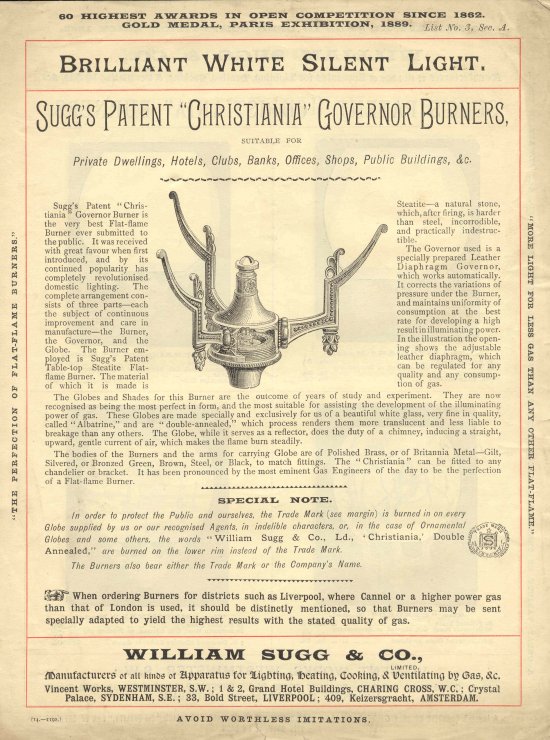
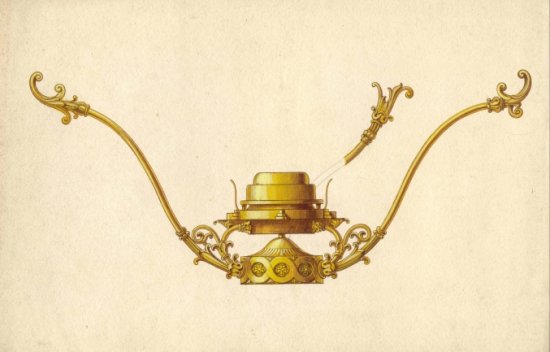
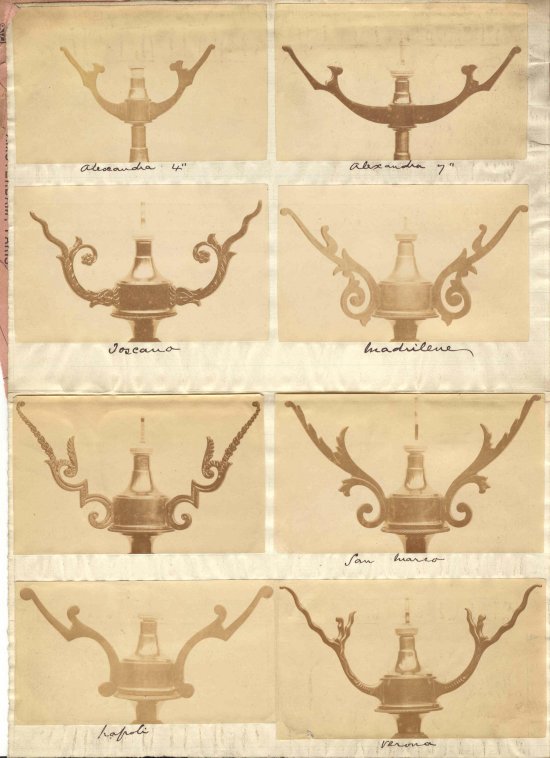
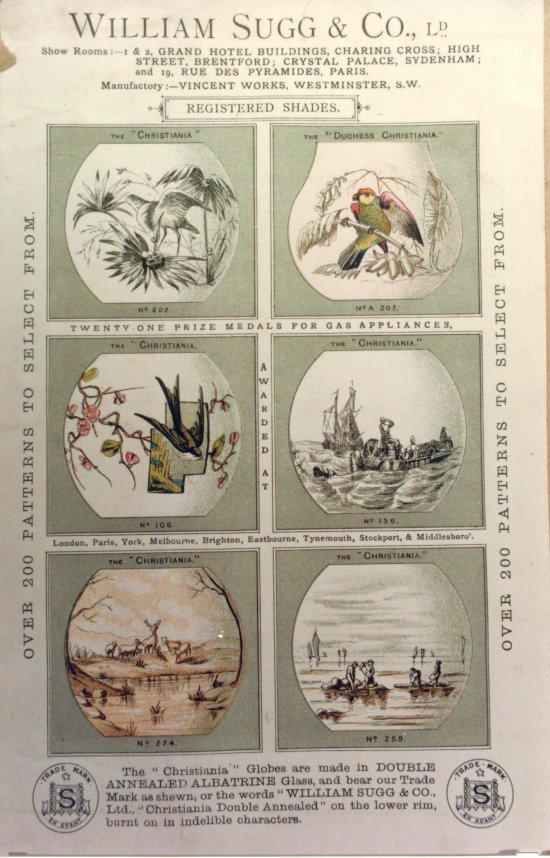
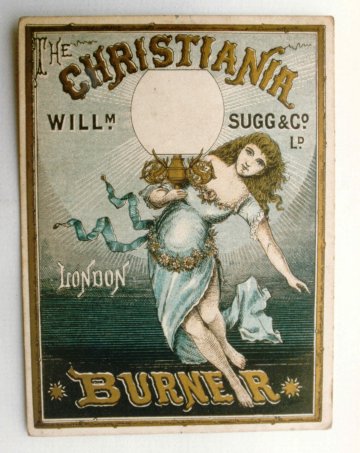
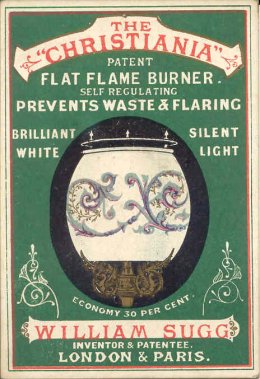
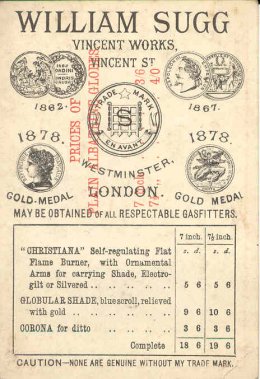
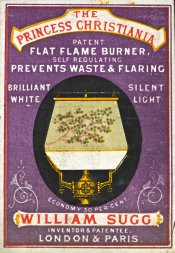
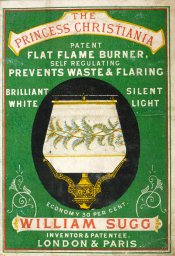
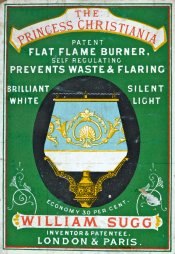
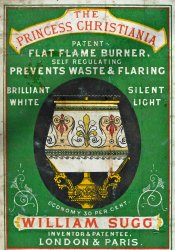
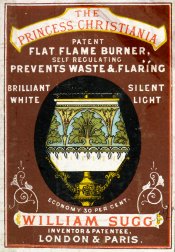
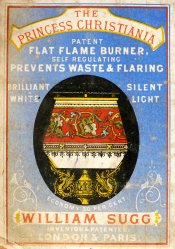

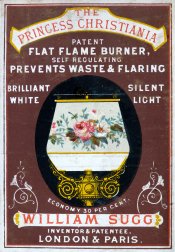
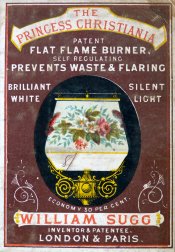
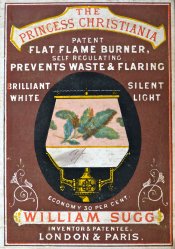
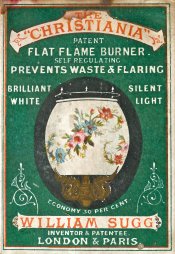
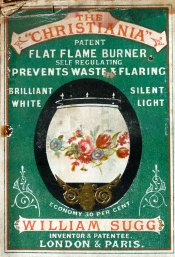
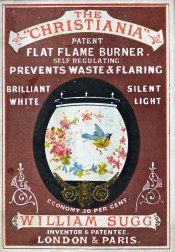
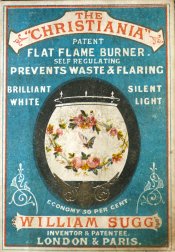
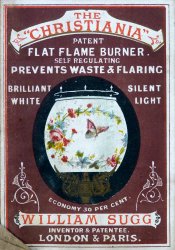
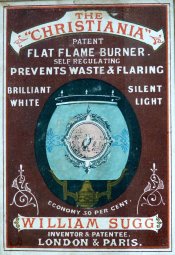
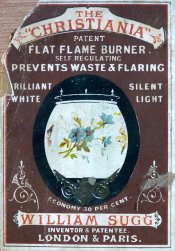
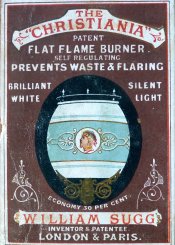
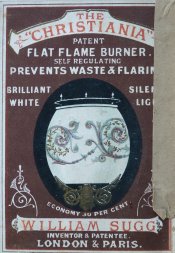
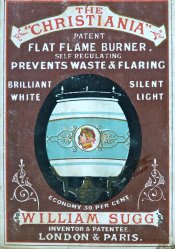
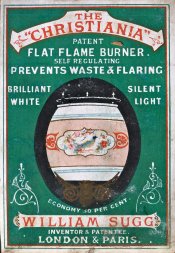
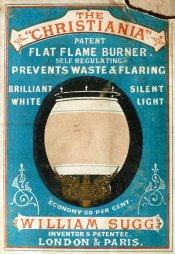
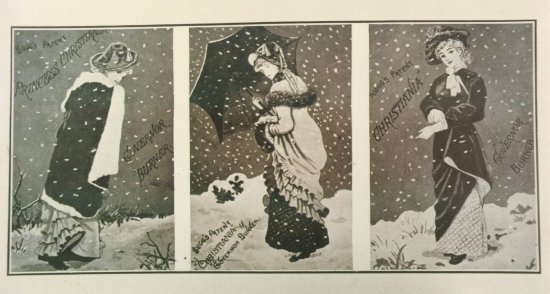
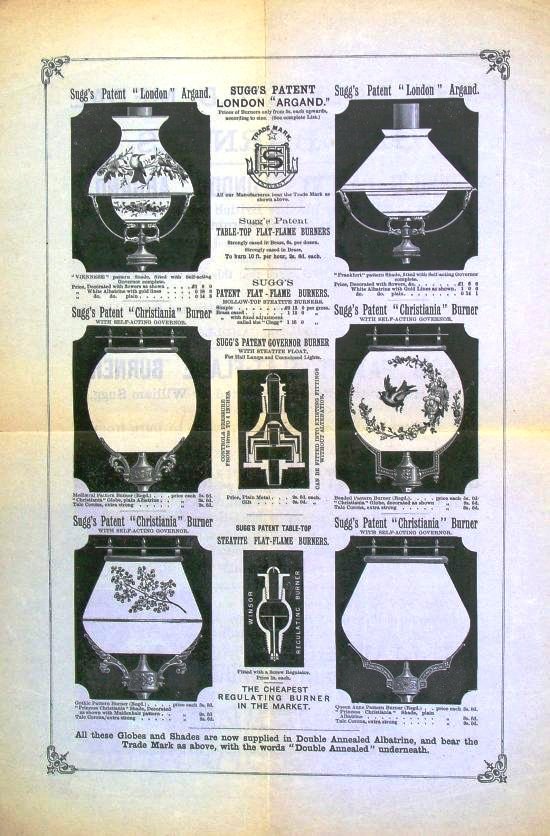
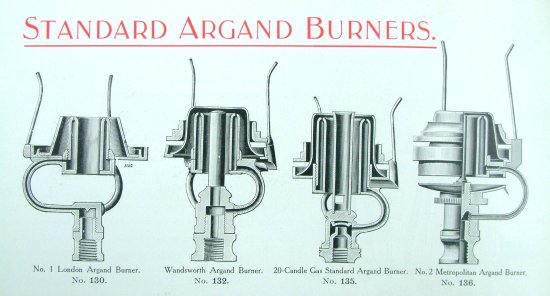
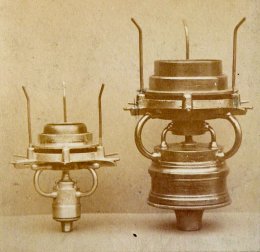
4 responses
Have you prints or dimensional schematics for sale on the burner specifications? I have several antique gas lights that I would like to convert to Argand, but, of course, I cannot find the burners. Any information you could provide that would assist me in fabricating my own would be greatly appreciated
Are these existing upright flame fixtures that you would like to convert by adding an argand burner? These are quite complex burners. I don’t have any drawings this old because the drawing office was hit by a bomb in the war so, although many items were re-drawn that were in production, earlier equipment was not. I have various illustrations and may be able to lay my hands on an original to copy.
Why don’t you send me some photos of what you have and I will review what I can do to help.
Hi Chris – I messaged you some time ago regarding a novel I am writing where one of the main characters is a gas fitter?
I wonder whether you can help me with this question – would the Christiania and Argand burners have been used in house interiors? I am assuming that they were fixed to the wall for room lighting, and if so, would the Argand burner (with the ‘tube’ of flame) have been suitable for this fixing?
I love the illustrations of the glassware and wonder whether these glasses would have been supplied by Suggs along with the metal fittings and burners?
Many thanks.
Tracey Robins
Hi Tracey, Yes these are both interior light fittings and would have been mounted in several ways, from the wall or the ceiling or even on a pedestal. All the glass was supplied by Suggs and also promoted as being decorated in France.